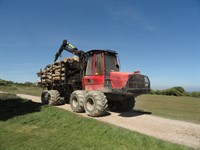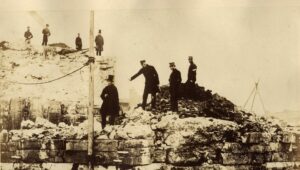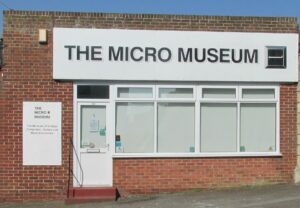- 01843 834160
- [email protected]
- Mon - Fri: 9:00 - 17:00
Work to tackle ash dieback to restart

Phase two of the work to remove diseased trees that have been left dead or dying by ash dieback, will restart in November. The airborne fungus has rapidly spread throughout Eastbourne leaving thousands of trees weakened, with branches or the tree itself at risk of falling into footpaths, roads and property.
Currently there is no preventative treatment available.
The Forestry Commission has identified the areas of woodland between Willingdon and Meads that must be removed. The website www.actionashdieback.co.uk includes aerial footage that clearly shows the spread of the disease and details of the work undertaken so far.
Phase two will see contractors working close to Upper Dukes Drive in Meads and behind Longland Road and around Pashley Down Infant School in Old Town.
Upper Dukes Drive will have to close for a short time to allow the work to be completed safely. The dates of the road closure will soon be shared on roadside signage, the council’s social media channels – Twitter @EastbourneBC and Facebook @EastbourneC – and in the local media.

“While the disease is dreadfully destructive, the clearance work is leading to significant improvements in biodiversity with areas quickly regenerating with new growth.”
By removing the dead timber, new sunlit glades and small meadows are being created that will benefit insects and chalk grassland species, old dew ponds will be reawakened as a water source for wildlife, while the natural woodland regeneration, alongside some targeted replanting with mixed species, will avoid a future monoculture and panoramic views from the upper reaches of the downland will be restored.
Councillor Swansborough added: “The felling operation will only take place during the winter to better limit the impact on wildlife and because fewer people use the woodland at this time of year. However, residents will still be able to enjoy walking in the local woodland and on the downland, but pathways closer to where the essential work is taking place won’t be accessible.”
The diseased timber is taken to a biomass facility, with the council receiving payments from the energy generator to help offset the costs of the overall project.
You are able to keep up to date with our articles, news and publications by following us on our social media channels below:












